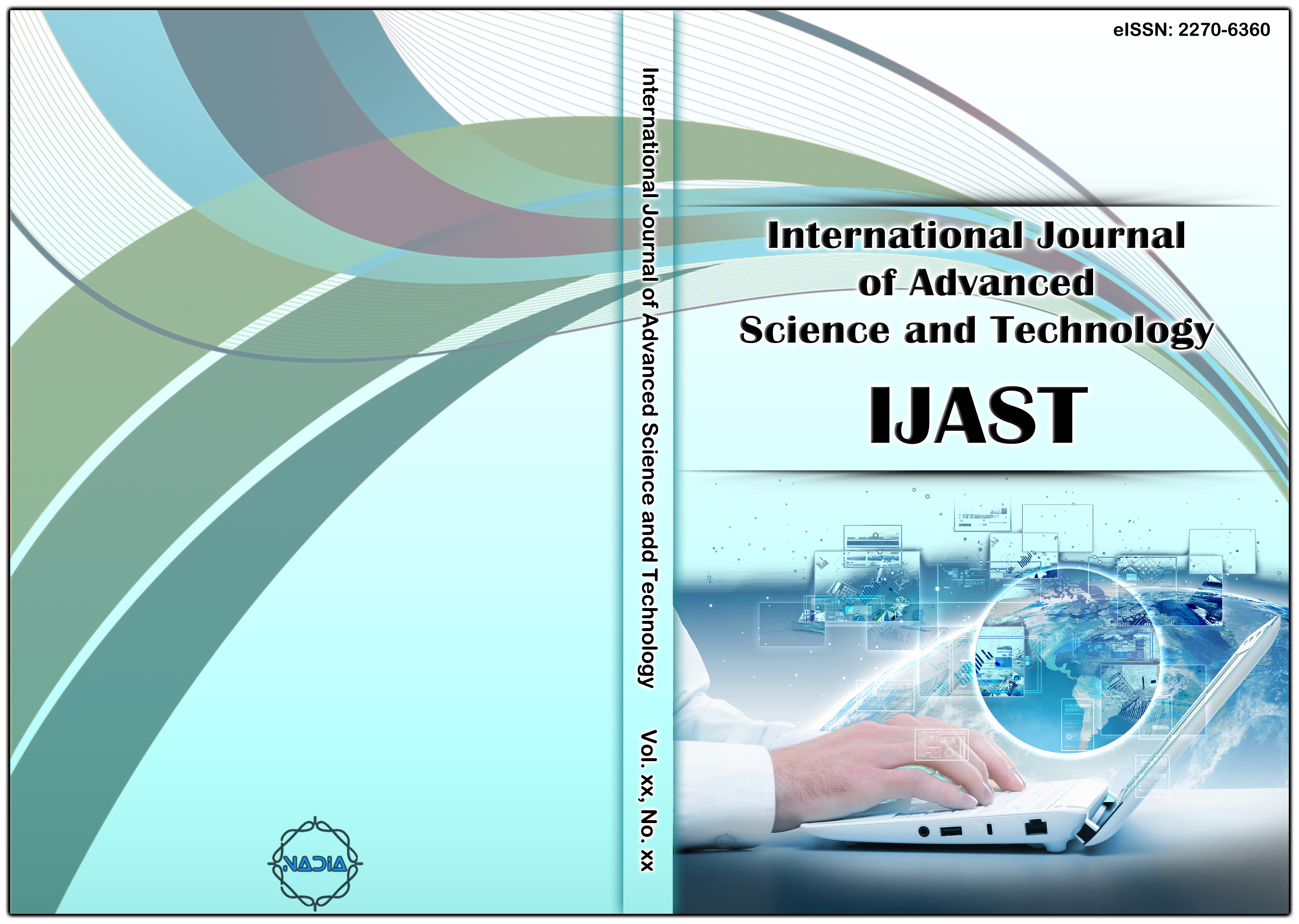[1] Manning, Christopher D. and Hinrich Schütze. “Foundations of Statistical Natural Language Processing” Information Retrieval, 4, (2001), pp. 80-81.
[2] Kupiec, Julian, “MURAX: A robust linguistic approach for question answering using an on-line encyclopedia”, In Proceedings of the 16th annual international ACM SIGIR conference on Research and development in information retrieval, ACM, (1993), pp. 181-190.
[3] Weaver, Warren, “Warren Weaver’s memorandum in 1949: Translation. Milestones in Machine Translation”, Locke, WN, Booth, AD (eds.) Ma-chine Translation of Languages: Fourteen Essays, (1955).
[4] Glenn Wadell et. al., “Two applications of Venn Diagrams”, Teaching Statistics, Vol.33, No.2, (2011).
[5] Hirschman, L., Light, M., Breck, E. and Burger, J. D., “June. Deep read: A reading comprehension system”, In Proceedings of the 37th annual meeting of the Association for Computational Linguistics on Computational Linguistics, (1999), pp. 325-332.
[6] Kapashi, Darshan and Pararth Shah, “Answering Reading Comprehension Using Memory Networks”.
[7] Porter, Martin F., “An algorithm for suffix stripping”, Vol.14, No. 3, (1980), pp. 130-137.
[8] Huang, Anna, “Similarity measures for text document clustering”, In Proceedings of the sixth new zealand computer science research student conference (NZCSRSC2008), Christchurch, New Zealand, (2008), pp. 49-56.
[9] The documentation and usage of NLTK is described in www.nltk.org. [Last Accessed on 20-02-2019].
[10] Thada, Vikas, and Vivek Jaglan, “Comparison of jaccard, dice, cosine similarity coefficient to find best fitness value for web retrieved documents using genetic algorithm”, International Journal of Innovations in Engineering and Technology, vol. 2, no. 4, (2013), pp. 202-205.
[11] Bird, Steven and Edward Loper, “NLTK: the natural language toolkit”, In Proceedings of the ACL 2004 on Interactive poster and demonstration sessions, Association for Computational Linguistics, (2004), pp. 31.
[12] https://www.nltk.org/ [Last Accessed on 10-02-2019].
[13] https://stackoverflow.com/questions/945724/cosine-similarity-vs-hamming-distance. [Last Accessed on 10-02-2019].
[14] https://cmry.github.io/notes/euclidean-v-cosine. [Last Accessed on 10-02-2019].
[15] A blog entitled “What is Natural Language Processing in Artificial Intelligence?” by DATAFLAIR Team, November 2018.
